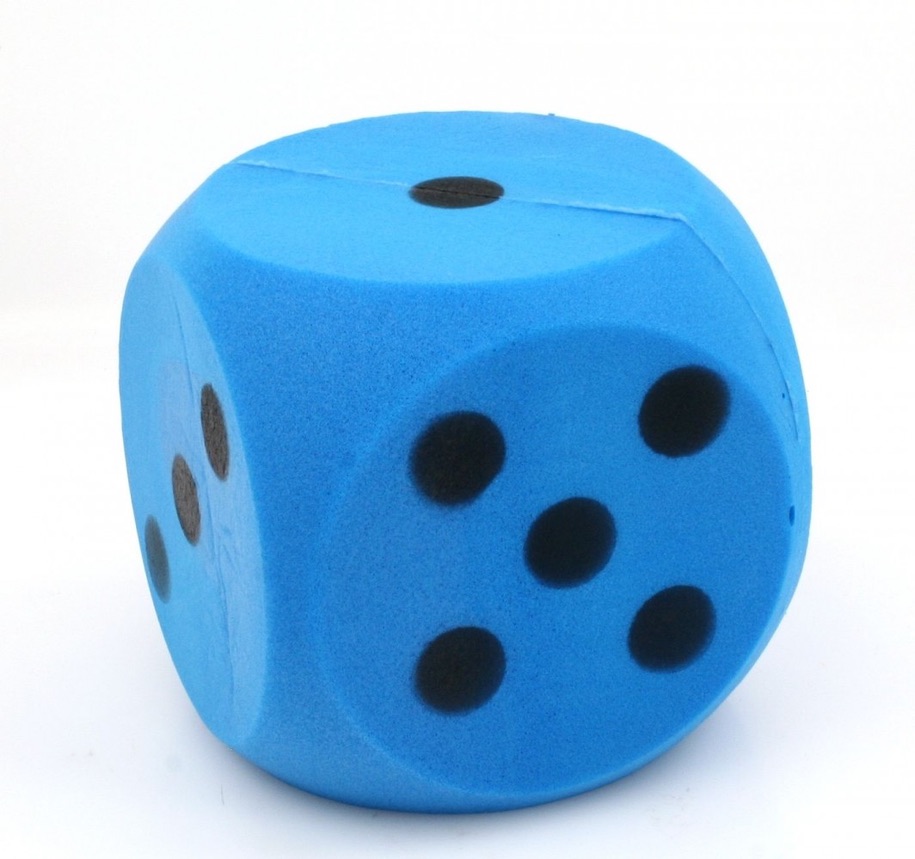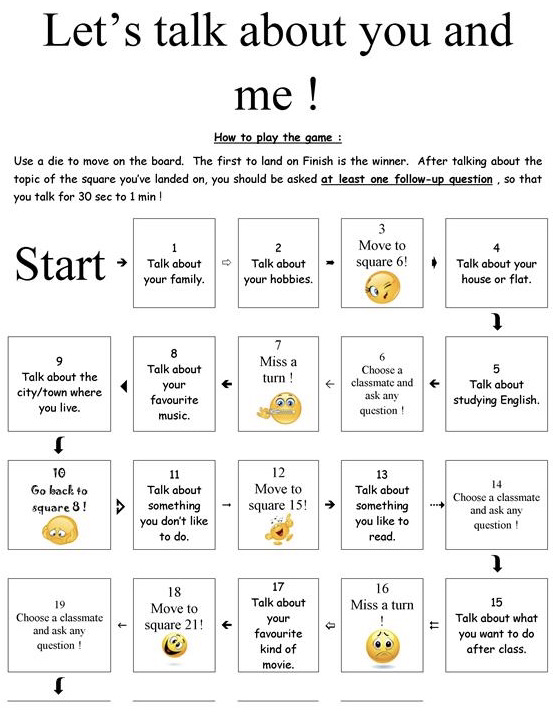To say the least, the lecture on the 24th was incredibly inspiring and a very enjoyable time. We were finally able to teach the Mexican students today and I feel that the lesson plans that my group developed were intriguing. In my group, it was me and three other classmates from ELNG 200. Additionally, one of my classmates already spoke Spanish which became helpful at times during the lesson. For the lesson plans, we made two different ones. One of them was a speaking board game that was planned to be used with the younger students. The other one was guessing the animal, which was planned to be used with the older students.
In the first breakout room, we were placed with students that were either in grade one or grade two. To begin this breakout room, my classmates and I introduced ourselves by saying our name, age, and favourite food. This allowed the students to get to know us a bit better and also allow them to feel more comfortable during the lesson. Once we finished introducing ourselves, we gave each of the students an opportunity to do the same. After each student who was comfortable doing so introduced themselves, we began to do our lesson. Since these students were younger, we decided that the board game would be a better option. Therefore, my one classmate screen shared while I explained the activity to the students. Then, after I finished explaining, my group member also translated it to Spanish to ensure that the students fully understood what was needed. To do the board game, I had a large die at my desk with me. The students one by one raised their hands to have a turn. When it was a new student’s turn, I would roll the die and then show the number it landed on into the camera. After the board game was explained in both languages, the students seemed very excited but nobody wanted to volunteer to go first. The student’s teacher was actually in the breakout room with us so after quite a bit of silence, she volunteered to go first to show the students that it is okay. After the teacher had a turn, I really noticed a difference in the student’s willingness to volunteer. There were about four students that volunteered right away after listening to their teacher have a turn. As each child had a turn, I rolled the die and showed the number of spaces to move. Then, the students would answer the question on the space that they landed on. After the game was finished, the students had a few questions to ask us. One of the young boys asked me if there is still snow in Canada which I found interesting. Then, another boy from the group said that when he thinks of Canada, he thinks of the snow and the cold. It was exciting to see the students interested in us and Canada as well. Overall, these students were quite fun to work with and for the most part, they were very talkative.
Once we moved into the second breakout room, the students appeared to be much older. At first, one of my classmates and I said hello to everyone as we waited for our other members to join in. Eventually, everyone was in our breakout room and we began introducing ourselves by saying our name, age, where we live, favourite colour, and favourite food. Immediately after we introduced ourselves, the students were eager to introduce themselves. After all of the introductions, we explained the lesson to the students. For this group, we decided to do the guess the animal activity. To complete this activity, we screen-shared a PowerPoint. One of my classmates explained the activity to the students and then the other classmate translated it to Spanish to ensure everyone knew what was being said. Then, we went to the next slide which had six different animals on it. I told the students what each animal was, giving a bit of description such as their colour, and then we began the activity. In order, I sent the student their animal in the private zoom chat. Then, they gave hints in English about its characteristics or noises the animal makes. As students began listening to the hints, they guessed animals. After allowing them to all take a guess, we switched slides which showed the animal that the student had. After this, it was the next student’s turn. We repeated this activity until each student had gotten a chance to do it. Throughout the entire activity, these students were talkative and quite strong with their English. I was impressed with how much the students could speak in English. Overall, this group was very talkative the entire time and it was an exciting experience!
As the course textbook mentioned, “second language learners need to use their first language as a tool for learning” (Coelho, 2012, p. 198). During both of the lessons, I feel like we were really able to use the students’ first language effectively. Since one of my classmates actually spoke Spanish, she was able to translate things said in English into Spanish. Additionally, my group tried hard to get the students to speak mainly English during the lesson. However, there were times when they felt more comfortable speaking Spanish first. Therefore, we would allow the student to speak Spanish and then ask if they can translate any of it to English. This allowed for the student to gather their thoughts and put them into sentences in Spanish, but then translate to English (their L2) afterwards. I feel like this removed some stress from the students knowing that they could speak Spanish first and then translate to English afterwards as much as they could.
References
Coelho, E. (2012). Language and Learning in Multilingual Classrooms: A Practical Approach. Multilingual Matters.
Muchahorta. (2017, January 6). Boardgame_Introductions & socializing for beginners. iSLCollective. https://en.islcollective.com/english-esl-worksheets/grammar/wh-questions-and-open-ended-questions/boardgame-introductions-socializing-beginners/94399.


